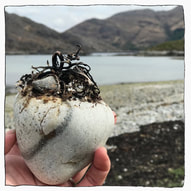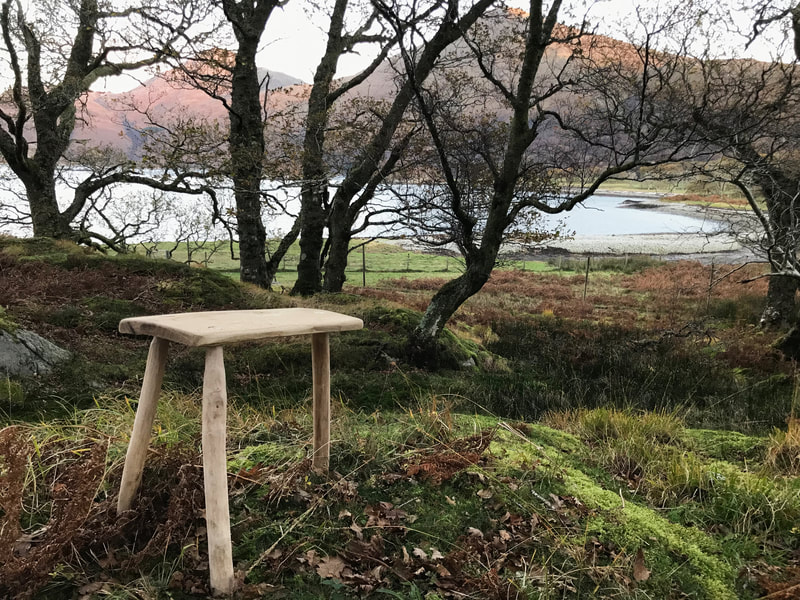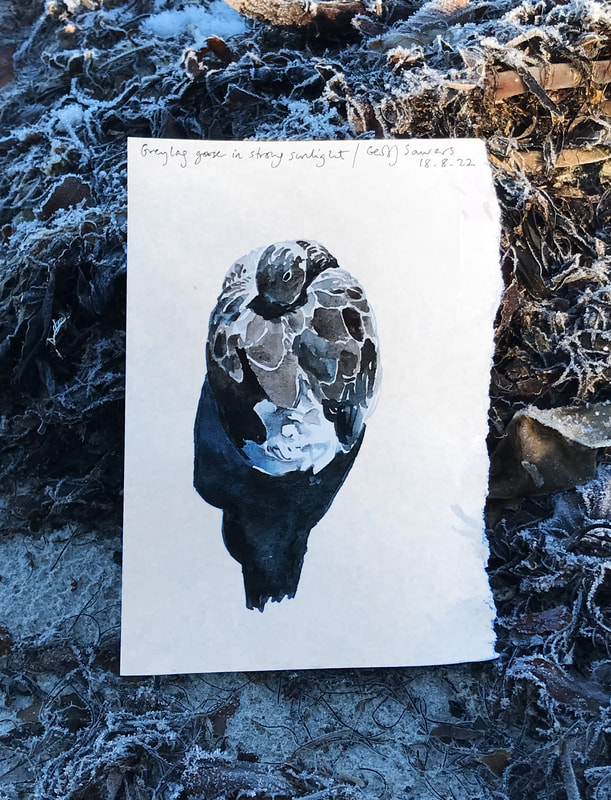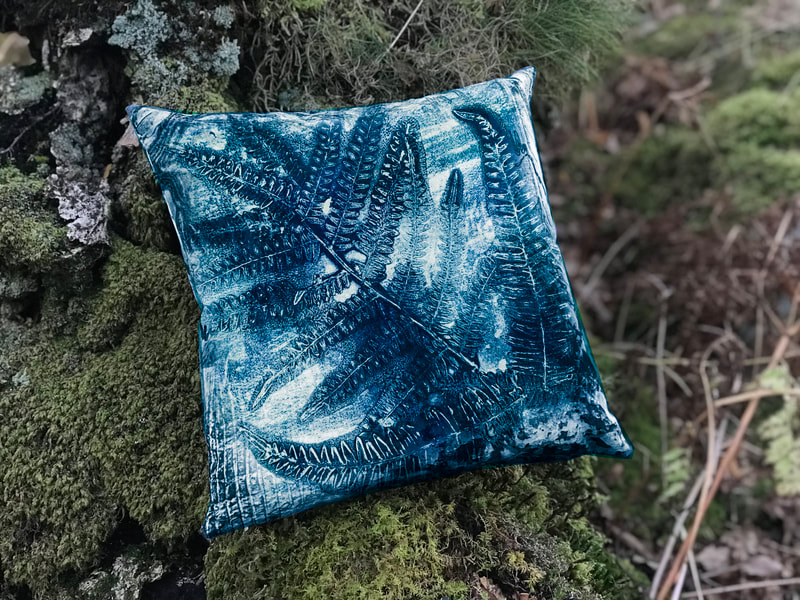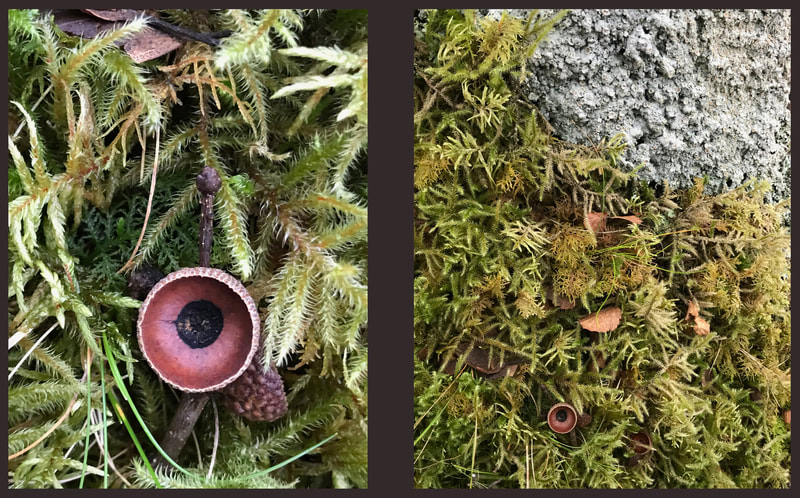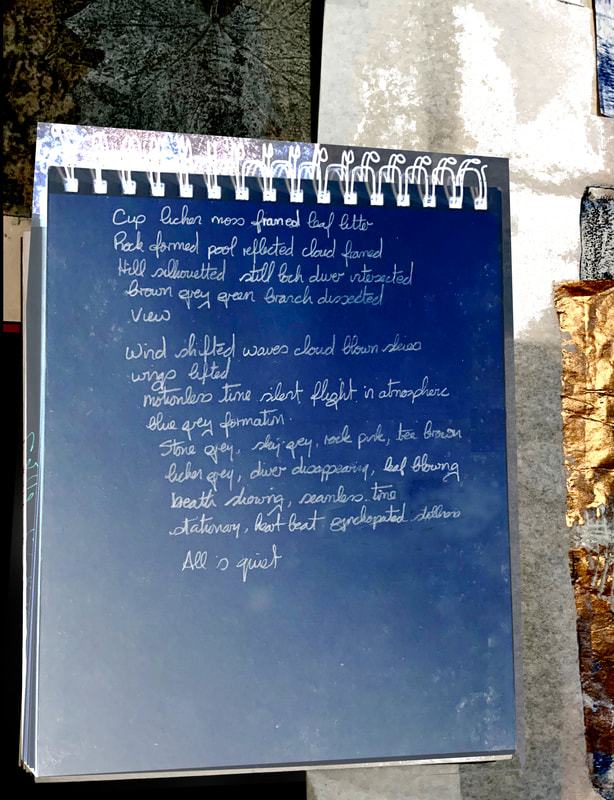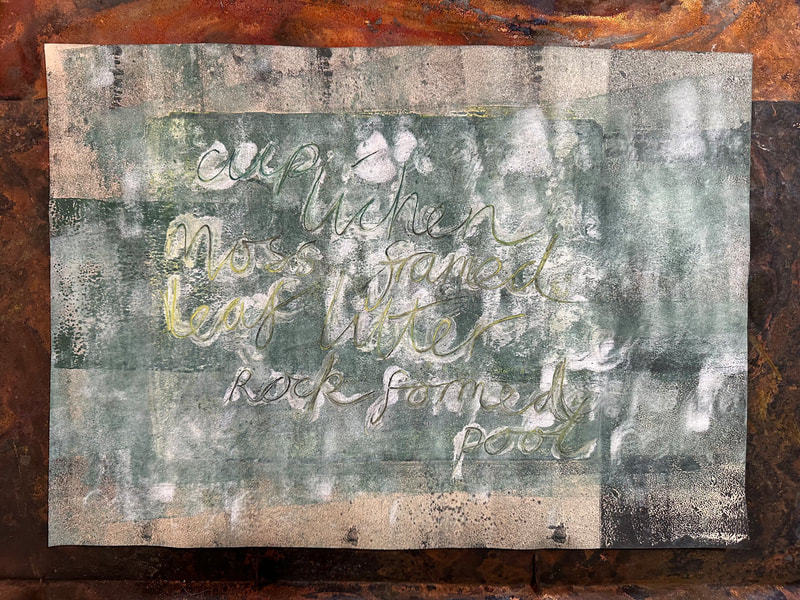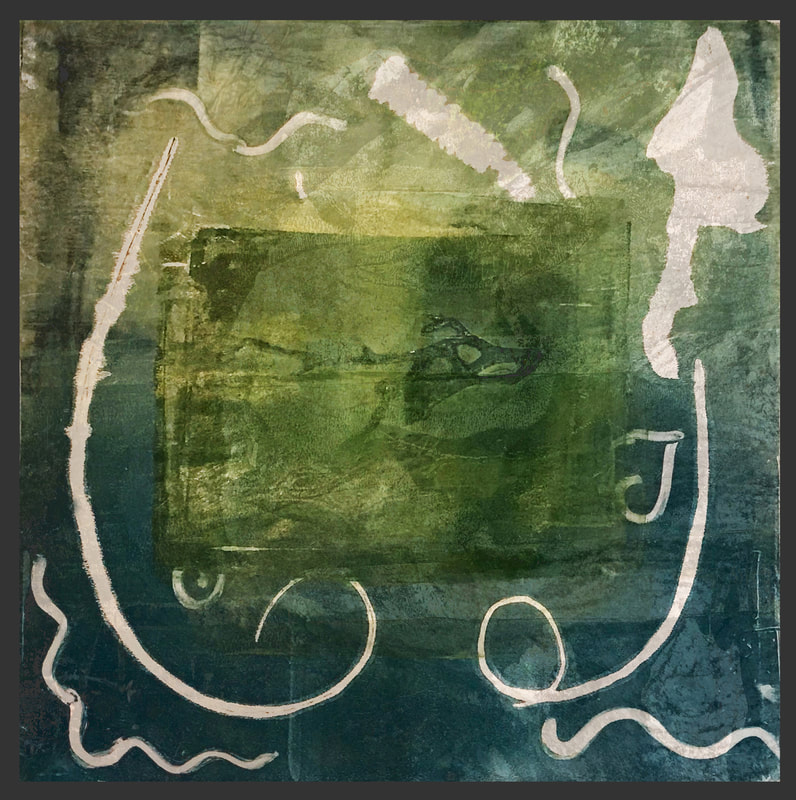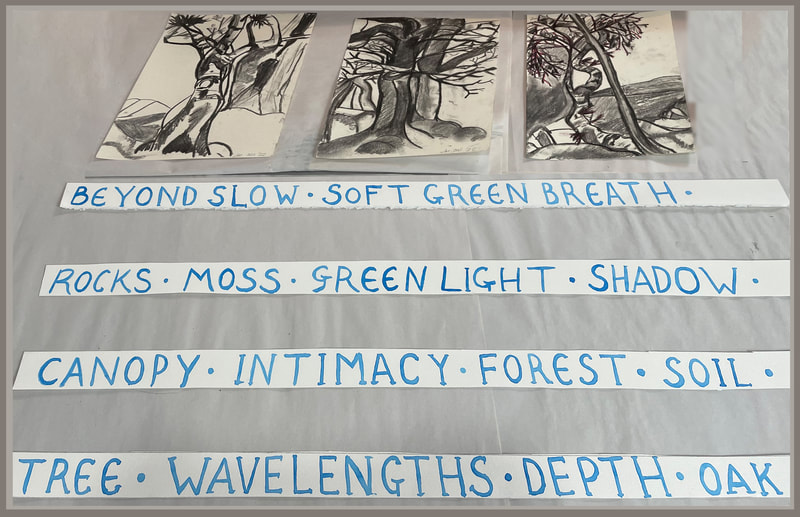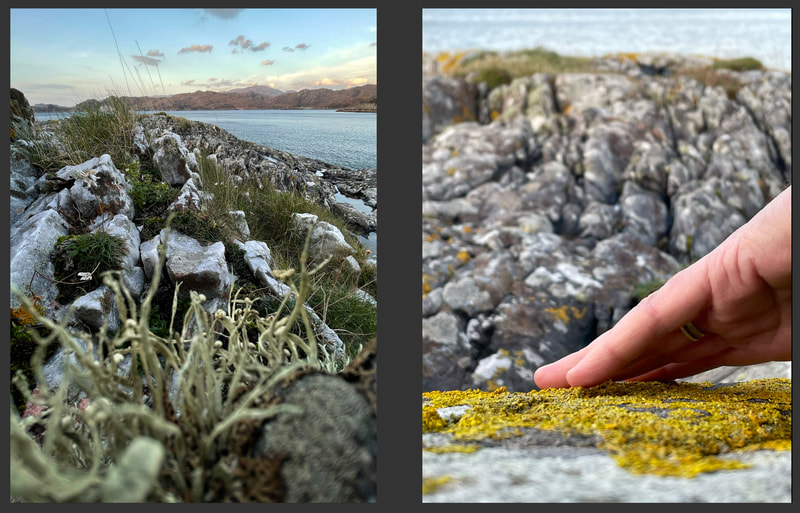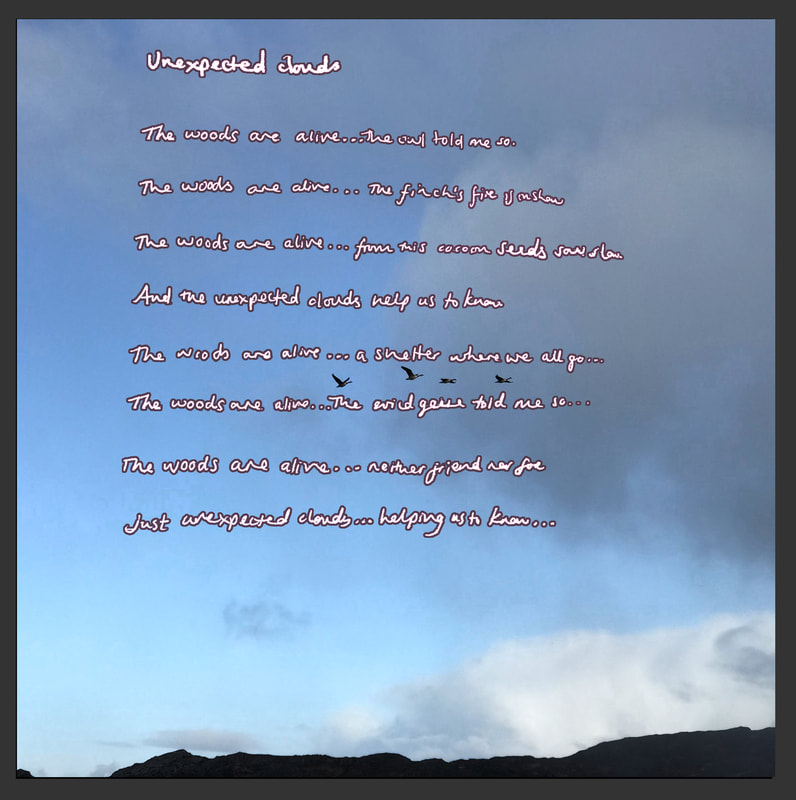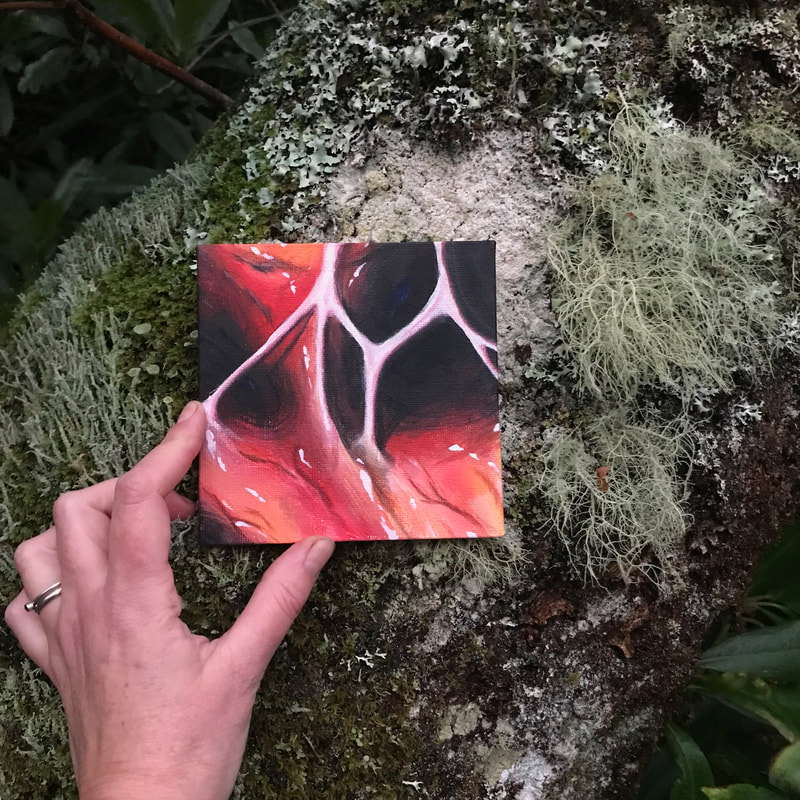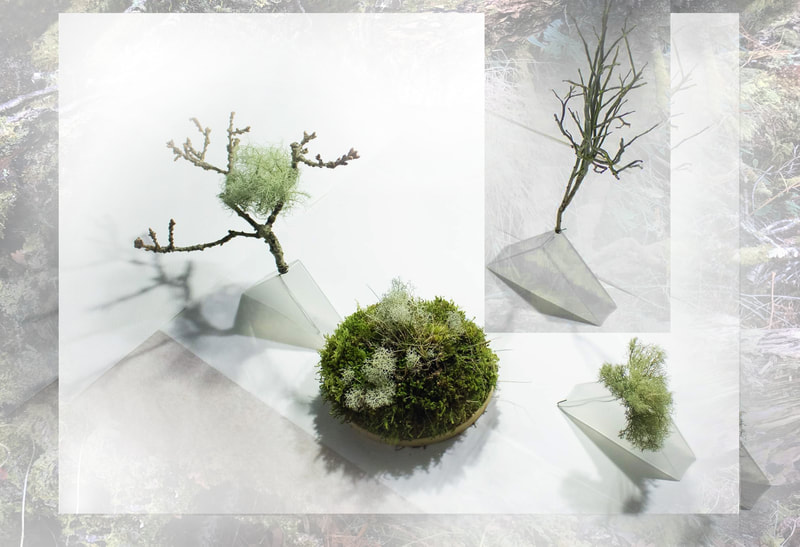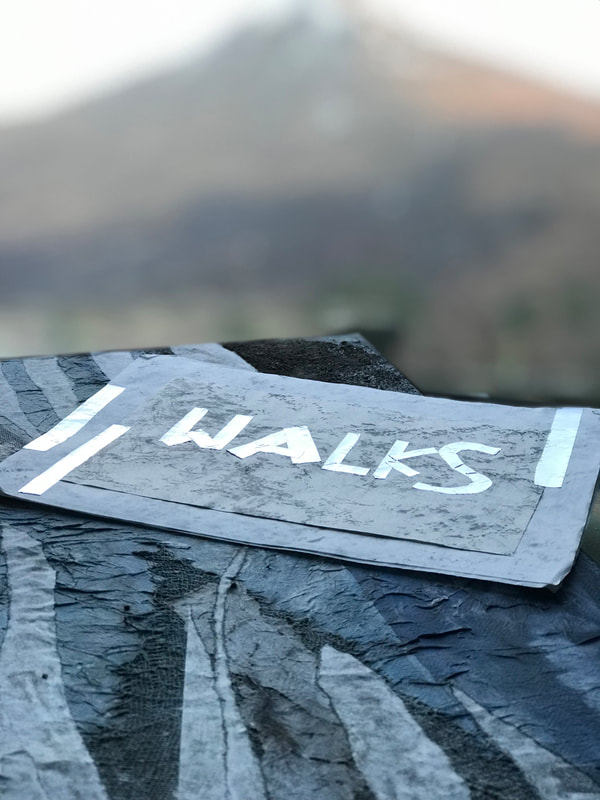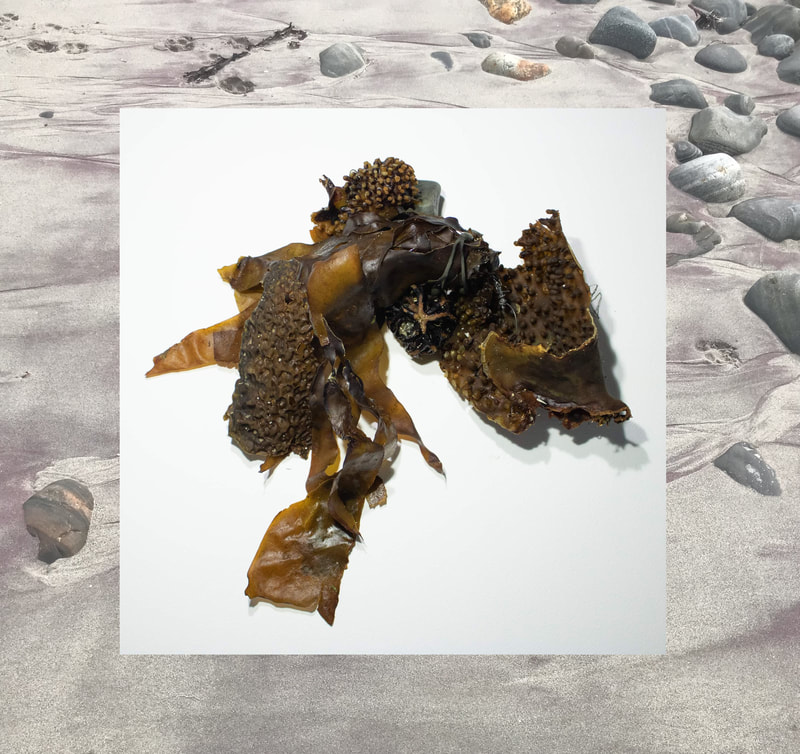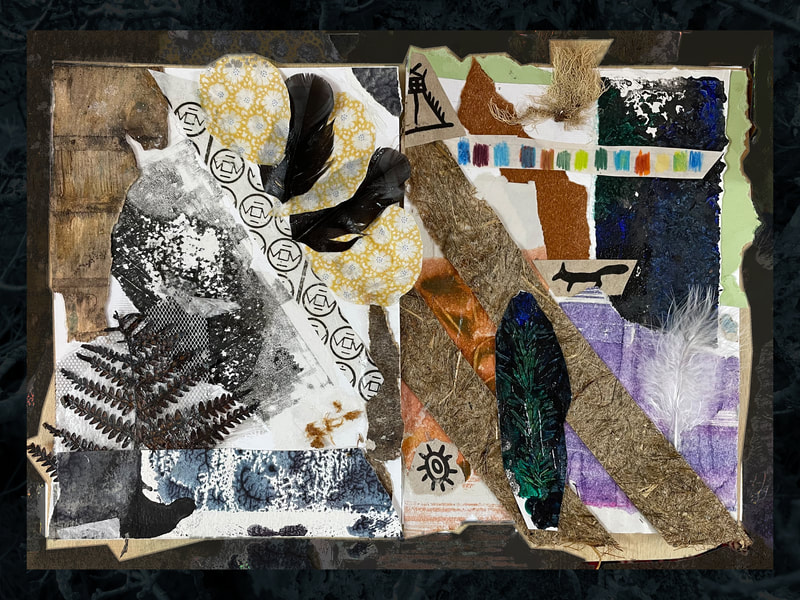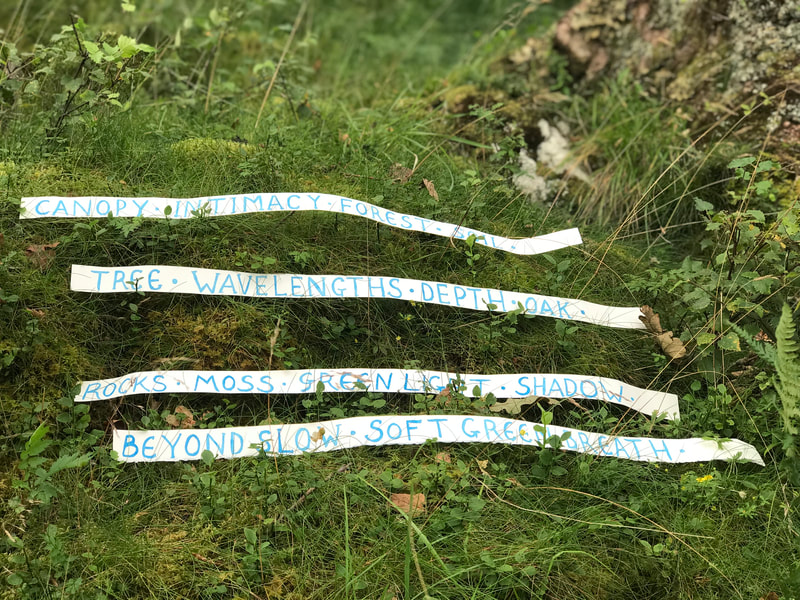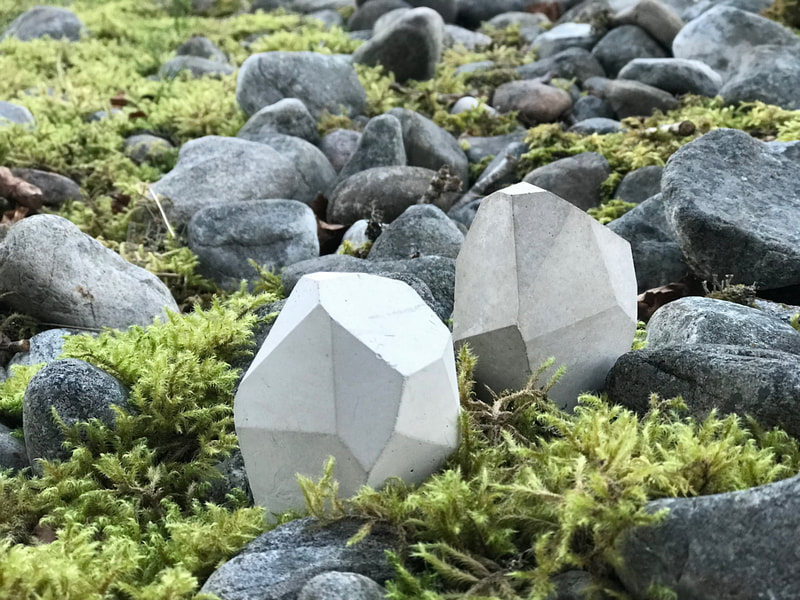The Resting Heart Collection
Volume 1
original music by Aurelien Vaurillon
What is this collection, and who is it for?
This web page documents the first phase of a social art project involving a series of creative residencies at my home and studio on the West Coast of Scotland.
Volume 1 of the Resting Heart Collection has three parts: a short video about the place, a slideshow of the processes, and a gallery of artworks made during 2022.
It's a record for the people who took part, and a showcase for those who may wish to visit and be part of similar projects in the future.
This web page documents the first phase of a social art project involving a series of creative residencies at my home and studio on the West Coast of Scotland.
Volume 1 of the Resting Heart Collection has three parts: a short video about the place, a slideshow of the processes, and a gallery of artworks made during 2022.
It's a record for the people who took part, and a showcase for those who may wish to visit and be part of similar projects in the future.
Why "The Resting Heart"?
After many years working in participatory arts, I found myself having to rest and work from home at a much gentler pace. While learning to manage chronic illness, I sought to develop an independent, sustainable, social art practice that embodied the values of rest, care and connection with nature.
Pacing ourselves can sometimes be more useful than pushing ourselves - and we all have our own optimal pace, which can vary through the course of our lives, years, months or days.
During 2022 twelve participants came to visit. Some made work and shared studio time, others simply rested or spent time in nature. We talked about the value of rest and retreat, how sometimes things take much longer than expected, how we can live our creative lives more sustainably, and how we define success.
Inspired by recent research into pacing as a management technique for chronic health conditions, we used a portable health tracker to record our varying "resting heart rates" over 24-hour periods during the stays. These fluctuating lines of data are being incorporated into my artwork about internal/external landscapes in Volume 2.
With thanks to everyone who took part! - Alison Durbin, Roshven 2023
After many years working in participatory arts, I found myself having to rest and work from home at a much gentler pace. While learning to manage chronic illness, I sought to develop an independent, sustainable, social art practice that embodied the values of rest, care and connection with nature.
Pacing ourselves can sometimes be more useful than pushing ourselves - and we all have our own optimal pace, which can vary through the course of our lives, years, months or days.
During 2022 twelve participants came to visit. Some made work and shared studio time, others simply rested or spent time in nature. We talked about the value of rest and retreat, how sometimes things take much longer than expected, how we can live our creative lives more sustainably, and how we define success.
Inspired by recent research into pacing as a management technique for chronic health conditions, we used a portable health tracker to record our varying "resting heart rates" over 24-hour periods during the stays. These fluctuating lines of data are being incorporated into my artwork about internal/external landscapes in Volume 2.
With thanks to everyone who took part! - Alison Durbin, Roshven 2023
© All text and images copyright of Alison J Durbin, or the authors or artists where stated, and cannot be used without permission.
